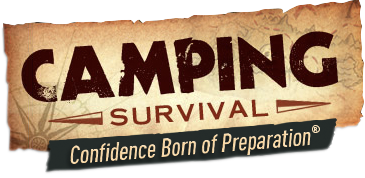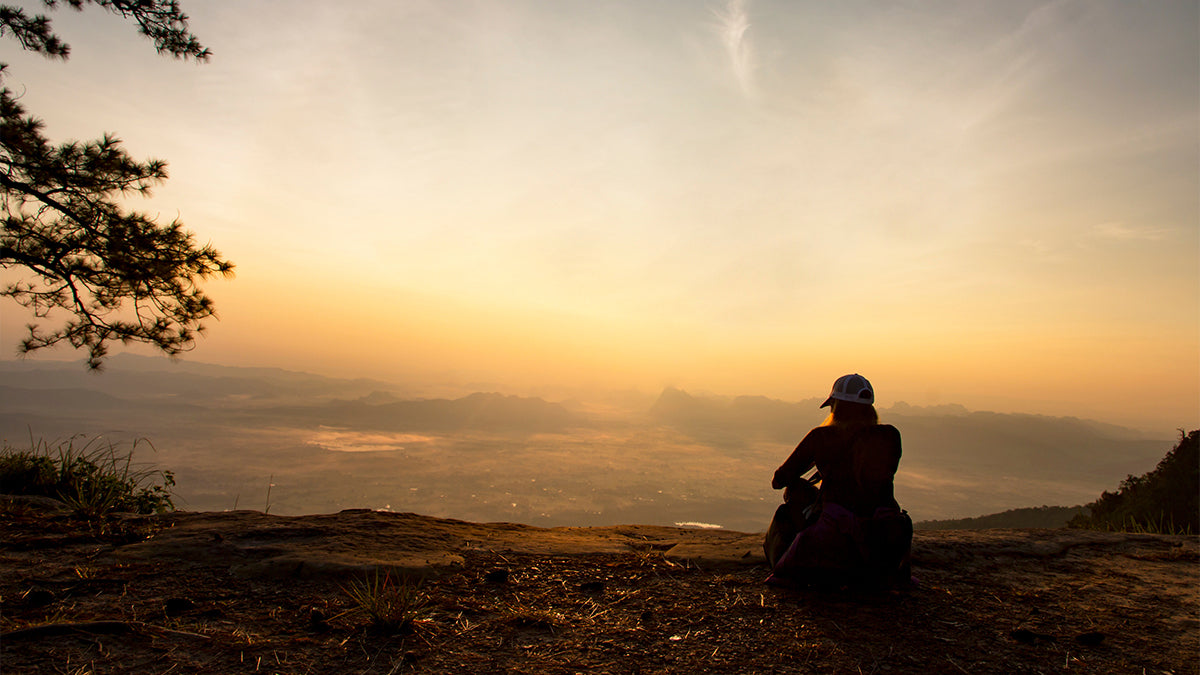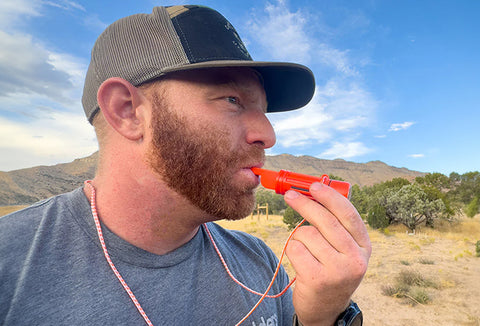In the hushed wilderness, the faintest snap of a twig underfoot can give you away. For those who seek to merge with the natural world—rather than stand out like a sore thumb—noise discipline is the cornerstone of survival.
Here’s how to develop noise discipline for wilderness survival:
Embrace Silence
Silence in the wilderness is about more than stealth; it's about survival. It’s a type of merging with your surroundings that allows you to observe, understand, and ultimately, survive.
- Mindful Breathing – Begin by controlling your breath. Practice deep, slow breaths to stay calm and reduce noise.
- Observation – Spend time in stillness, observing natural rhythms and sounds. This will teach you the baseline noise level of your environment.
- Slow Movement – Move deliberately and slowly, making each motion fluid to avoid abrupt noises.
- Practice – Regularly spend time in nature practicing silence, gradually increasing the duration of each silent session.
Footsteps Without Echoes
Learn the ball-heel technique for walking. Place the ball of your foot down first, then roll to the heel to minimize impact and sound. Pace your steps with the rhythm of the natural sounds around you so your passage is but another note in the orchestra of nature’s soundscape.
- Heel-to-Ball Technique – Start with your heel slightly raised, placing the ball of your foot down first, then gently rolling to your heel.
- Soft Ground Walking – Seek out soft ground like moss, which absorbs sound better than hard surfaces.
- Pacing – Match the tempo of your movements to the natural ambient sounds, such as the wind or a stream, to blend your noise.
- Weight Distribution – Balance your weight evenly and walk with a slightly bent knee to cushion each step.

A Silent Campsite
Noise discipline isn’t just about you; it’s about the site you pick. Establishing a camp with noise discipline requires a blend of careful planning and execution.
- Site Selection – Look for natural sound barriers like thick vegetation or gentle slopes that can dampen noise.
- Gentle Handling – Handle all equipment and materials with care, using slow and controlled movements.
- Quiet Routines – Establish and practice quiet camp routines, like silent communication for common tasks.
- Noise-Aware Arrangement – Arrange your campsite layout to minimize movement and the potential for noise.
Gestures That Speak Volumes
Develop a system of hand signals with your group. Often, motion can communicate needs and warnings far more efficiently than sound can.
- Signal Planning – Ahead of time, plan a set of hand signals for all possible communications needed in the wild. A signal mirror is also a good option.
- Practice – Regularly practice these signals to ensure clarity and quick recognition by all group members.
- Visual Contact – Maintain a line of sight among group members to facilitate non-verbal cues.
- Silent Drills – Conduct silent drills to practice and reinforce these gestures in a realistic setting.
Breaking Silence with Care
There will be moments when making noise is unavoidable, like signaling distress or deterring wildlife. In these instances, make controlled and purposeful noise.
- Intentional Noise Making – Learn to create noise only as loud as necessary, using methods like tapping a tree or gently clapping.
- Signal Devices – Carry a whistle or similar device that can be used to make distinct, controlled sounds for emergencies.
- Wildlife Deterrence – Understand and practice the specific noises that can deter wildlife without causing unnecessary alarm.
Stillness Is Invisibility
When wildlife is near, practice the art of stillness. Observe their patterns and movements so you can become part of the environment.
- Stillness Training – Practice being still for extended periods to blend in with your surroundings.
- Observation Techniques – Learn to use your peripheral vision and other senses to observe wildlife without direct movement.
- Presence Minimization – Work on minimizing your presence by controlling scent and avoiding sudden movements.
[RELATED READ: Decoding Wildlife Behavior: These 12 Signs Will Save Your Life]
The Discipline of Silence
Noise discipline is not a skill, but a craft, honed by the patient and observant. It is a commitment to moving through the world with intention, leaving no trace—not even a sound.
- Intention Setting – Each time you enter the wilderness, set a clear intention to move with purpose and silence.
- Silent Footprint – Always be aware of the trace you leave, aiming for it to be as silent as the shadow of an owl’s wing in flight.
- Continuous Learning – Treat every wilderness excursion as a learning experience to refine your noise discipline skills.
By adopting these techniques for noise discipline, you turn silence into your ally, harnessing it as a tool for survival.



2 comments
enjoyed this write up- brings back memories survival training many years ago Ft Brag,NC
I really appreciate these tips and suggestions you post. Thank you